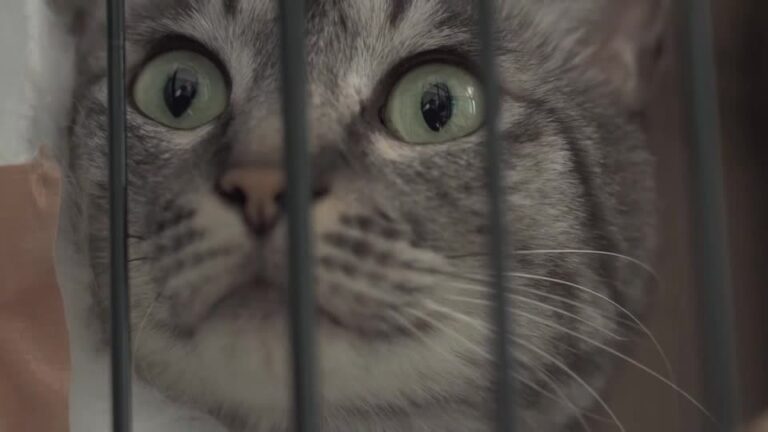Story: It's been about a month since Yoshimi Tomita started living in her car with her two cats.
At that time, a devastating 7.6 magnitude earthquake struck Japan's Noto Peninsula, killing more than 200 people and displacing tens of thousands more.
Tomita was trapped under the roof for 10 hours.
When she was rescued, she appeared among the evacuees along with her cats Leon and Light and were evacuated to a local shelter.
“They told me that if we allowed cats, people would say, 'What are we going to do with our chameleon?'” And they never listened until the end, so that's when I told them I found out that they don't allow my pets. ”
Tomita, who had no home or shelter, lived in his car with his cats.
After a month of searching, the three finally found a center that would accept them.
After moving in on the first day, Tomita was finally able to lie down and sleep.
Without the new center, she believes she would have been “overwhelmed by the emotional strain.”
Ikumi Tsujimoto, head of animal welfare at the NGO that co-operates the new shelter, says the situation is not unique.
“Our research shows that a significant number of people living in their cars, leaving their pets in their affected homes and then returning to care for them, or even cohabitating with their pets in their affected homes. I realized that I was doing something.”
According to the Ishikawa Prefectural Government, Tomita is one of about 13,000 residents currently living in evacuation centers.
Plans are underway to build around 13,000 temporary housing units over the next few months.
Ultimately, Tomita wants to make a move for the freedom of cats who are forced to remain caged or leashed at the center.
However, without a disaster victim certificate to leave Ishikawa Prefecture and unsure whether temporary housing will be available, Tomita has no choice but to remain at the center for the time being.


